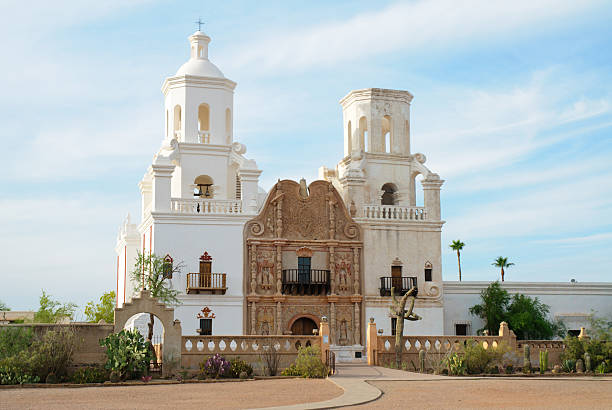Lovecraft admired Ambrose Bierce (1842-1914?) and even lifted characters and location names from his work. Carcosa and Hastur are two of the best-known ones. Although it must be said Lovecraft didn’t get them directly from Bierce. He first found them in the stories of Robert W. Chambers, who’d borrowed them from Bierce. In his essay Supernatural Horror in Literature, Lovecraft defined the genre of weird fiction as possessing ‘a certain atmosphere of breathless and unexplainable dread’. In that same essay, Lovecraft didn’t hesitate to categorise Bierce as a full-blown author of weird fiction. He was — sometimes — but Bierce was so much more than that: one of the most influential (and controversial) journalists of his time, a Civil War veteran, razor-sharp satirist, literary critic, poet, and short-story writer. He not only influenced Lovecraft but also Edgar Allen Poe. His war stories were an inspiration for Hemingway — Bierce’s experiences in the Civil War resulted in a cycle of 25 grim anti-war tales.
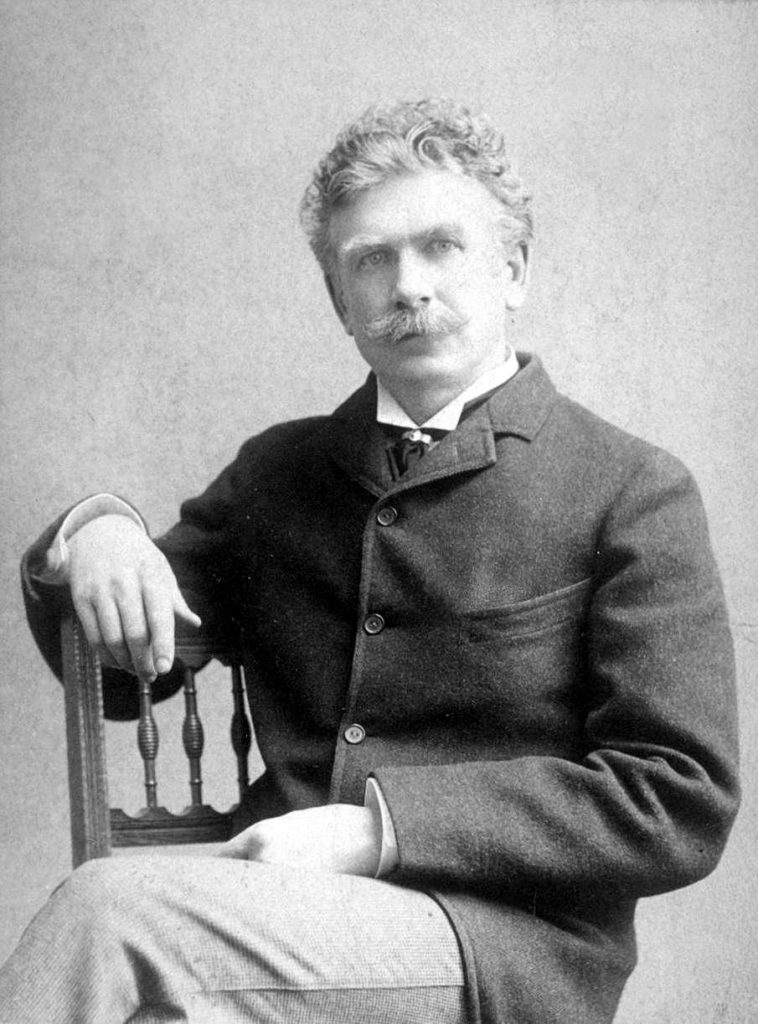
The author’s most famous work today is The Devil’s Dictionary, in which Bierce gives cynical definitions of over a thousand words. A few examples:
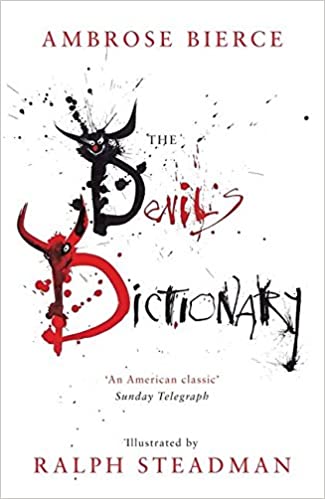
ABSURDITY, n A statement or belief manifestly inconsistent with one’s own opinion.
EVANGELIST, n. A bearer of good tidings, particularly (in a religious sense) such as to assure us of our own salvation and the damnation of our neighbours.
LONGEVITY, n. Uncommon extension of the fear of death.
NEIGHBOR, n. One whom we are commanded to love as ourselves, and who does all he knows how to make us disobedient.
RIOT, n. A popular entertainment given to the military by innocent bystanders.
To top it all of, Bierce’s death is shrouded in mystery. He travelled to Chihuahua in 1913 to document the Mexican Revolution and was never seen again. The Mexican novelist Carlos Fuentes wrote a fictional account of Bierce’s disappearance in 1985. His novel The Old Gringo was turned into the eponymous film starring Gregory Peck as the ageing journalist soon after.
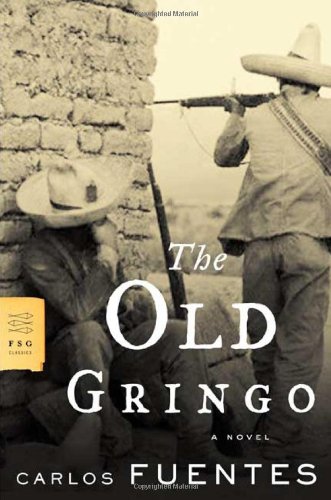
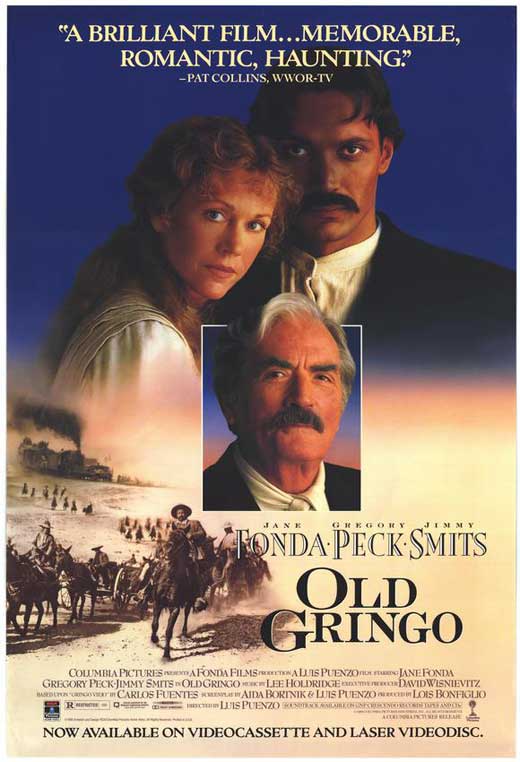
Although Bierce was never part of Lovecraft’s circle — he was already dead when Lovecraft’s mature writing career still had to begin — I liked the idea of somehow including him in Dream Whisperer. I did it obliquely by letting Ove Eliassen find a newspaper article written by Bierce. It confirms his suspicions there’s a temple with a sleeping Cthulhu on Bermuda. Bierce describes how he found a piece of masonry belonging to that building carefully hidden in the vestry of the Mission San Xavier del Bac, ten miles south of Tucson. That location is not only pleasingly close to the Mexican border: I also had the pleasure of visiting it when touring the Desert States many years ago.
